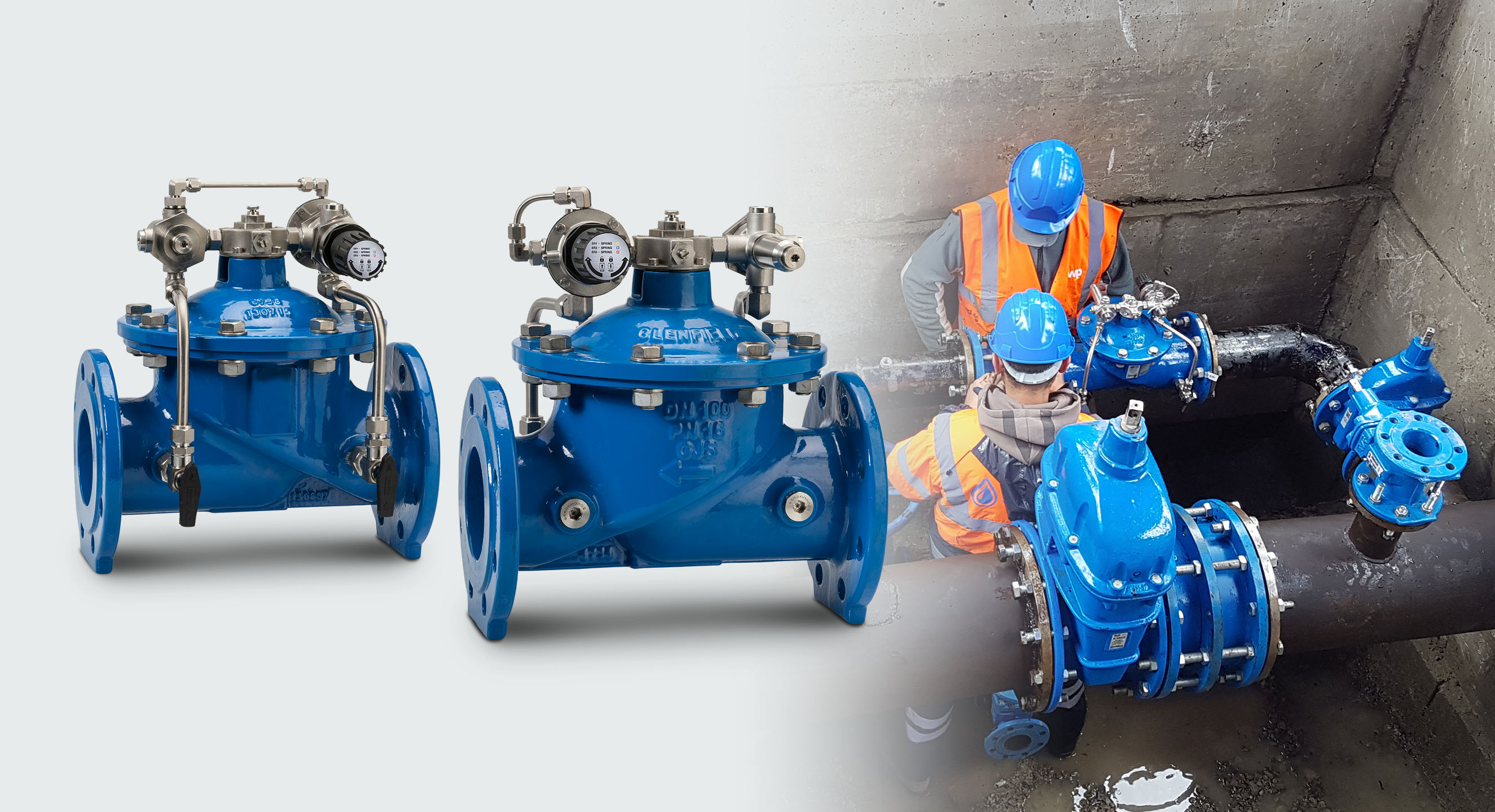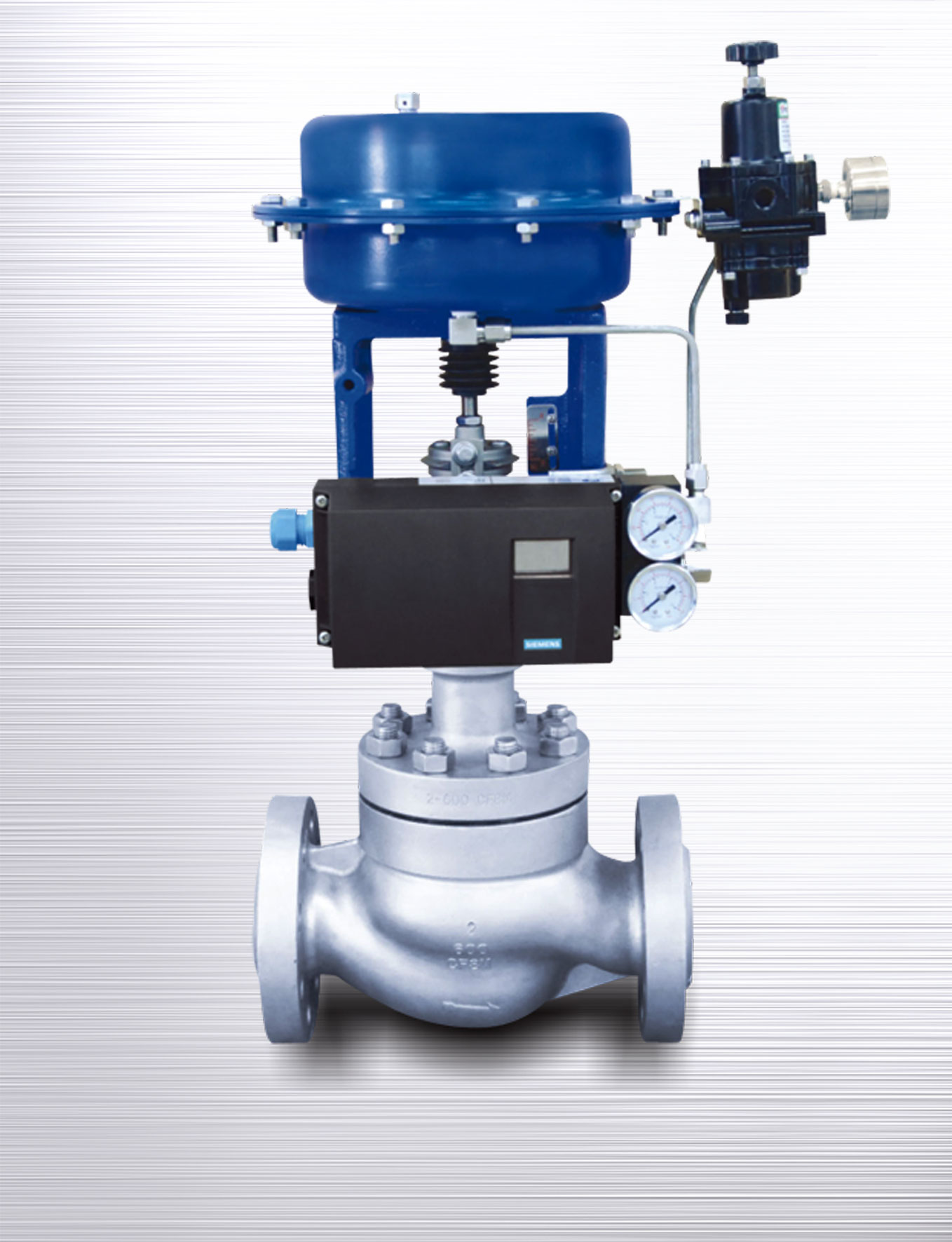The Function of Control Valves in Liquid Flow Management Solution
The Function of Control Valves in Liquid Flow Management Solution
Blog Article

Maximize Power Cost Savings and Comfort With Advanced Structure Automation Controls
In the realm of contemporary style and facility administration, the combination of advanced building automation regulates stands as a critical innovation. By utilizing the power of automation, buildings can adapt, react, and develop in ways that were as soon as unthinkable.
Power Efficiency Perks
Power efficiency benefits can substantially reduce energy usage and operational expenses in structures. By implementing energy-efficient practices and innovations, building owners and drivers can attain significant financial savings while also adding to ecological sustainability. Among the key advantages of improving power performance in structures is the decrease of energy expenses. Energy-efficient systems, such as advanced building automation controls, can enhance the use of sources like home heating, air conditioning, and lights, resulting in lower energy expenses in time.
Furthermore, enhanced energy efficiency can lengthen the life expectancy of building tools and systems. By running more efficiently, a/c systems, light, and other building components experience much less deterioration, causing minimized maintenance and replacement expenses. Additionally, energy-efficient structures usually regulate higher home worths and rental rates, providing long-lasting financial advantages to owners.
In addition, energy performance can improve resident convenience and productivity. Appropriately managed indoor environments with optimal lights and thermal conditions produce an even more favorable and positive work space, causing improved worker satisfaction and performance. Generally, the energy performance advantages connected with sophisticated structure automation controls are diverse, incorporating price savings, environmental stewardship, and owner well-being.
Improved Convenience Control
Enhancing comfort control in building atmospheres calls for a sophisticated combination of innovative automation systems for optimum occupant wellness. By making use of advanced building automation controls, facilities can tailor the indoor atmosphere to fulfill the specific needs and preferences of residents. These systems allow precise regulation of temperature, lighting, and ventilation, producing a efficient and comfortable environment. Owner complete satisfaction and efficiency are carefully linked to thermal comfort, making it vital to have systems in position that can adjust to altering problems in real-time.
By including these innovative controls, buildings can not just enhance comfort yet likewise boost energy performance by optimizing system procedures based on actual occupancy and use patterns. Ultimately, focusing on owner comfort via sophisticated automation systems leads to an extra enjoyable and much healthier interior environment.
Operational Efficiency Improvements

Additionally, the implementation of real-time monitoring and analytics tools enables building drivers to recognize energy inadequacies and operational abnormalities quickly. By continuously keeping track of power use patterns and system performance metrics, changes can be made in real-time to maximize energy usage and make certain peak functional efficiency. control valves. Additionally, incorporating need feedback techniques right into structure automation controls can further enhance operational efficiency by dynamically readjusting energy use based on grid problems and pricing signals
Indoor Environment Optimization
Efficient interior environment optimization is a basic facet of building automation controls, making sure passengers' convenience and health while making best use of energy financial savings. site web By making use of advanced sensors and controls, building automation systems can continually monitor and adjust temperature, humidity degrees, air top quality, and air flow to develop an optimum interior atmosphere. Preserving regular and comfy conditions not only enhances passenger satisfaction but additionally enhances performance and general wellness.
Indoor climate optimization also plays a vital function in energy effectiveness. By fine-tuning heating, air conditioning, and ventilation systems based on real-time information and occupancy patterns, building automation controls can considerably reduce power usage - control valves. As an example, implementing techniques such as demand-controlled ventilation and thermal zoning can aid reduce energy waste while making sure that each location of the building gets the required conditioning.

Lasting Environment Production
Structure automation manages not only enhance interior environment problems for power effectiveness and resident comfort but additionally lay the structure for developing a lasting atmosphere through strategic administration of systems and sources. By incorporating innovative structure automation modern technologies, such as sensors, actuators, and intelligent software, centers can check and change energy usage in real-time to reduce waste and reduce their carbon impact. These systems company website make it possible for predictive maintenance, recognizing prospective issues prior to they escalate and maximizing devices performance to boost durability and efficiency.
In addition, lasting setting development extends past energy monitoring to include water conservation, waste reduction, and interior air high quality improvement. Structure automation controls can regulate water use, identify leakages, and guarantee correct waste disposal techniques, adding to total sustainability efforts. Furthermore, by keeping track of and regulating ventilation and purification systems, these innovations boost resident health and performance while decreasing energy intake related to cooling and heating procedures.
Final Thought
Finally, advanced building automation manages deal significant advantages in regards to energy financial savings, convenience control, operational effectiveness, interior environment optimization, and creating a sustainable setting. By implementing these controls, buildings can accomplish ideal efficiency while reducing energy usage and enhancing owner convenience. It is evident that making use of sophisticated automation technology is essential in improving structure performance and creating a much more sustainable future.
Energy effectiveness advantages can significantly decrease energy usage and operational expenses in buildings. Generally, the power performance advantages associated with advanced structure automation controls are complex, incorporating cost savings, environmental stewardship, and occupant well-being.
In addition, integrating demand feedback approaches right into building automation controls can further boost functional effectiveness by dynamically adjusting power usage based on grid conditions and rates signals.
Building automation controls not just enhance indoor why not check here environment conditions for energy efficiency and occupant convenience however also lay the structure for producing a sustainable environment via calculated administration of resources and systems.In conclusion, progressed building automation controls offer significant advantages in terms of energy financial savings, comfort control, functional effectiveness, indoor climate optimization, and creating a sustainable environment.
Report this page